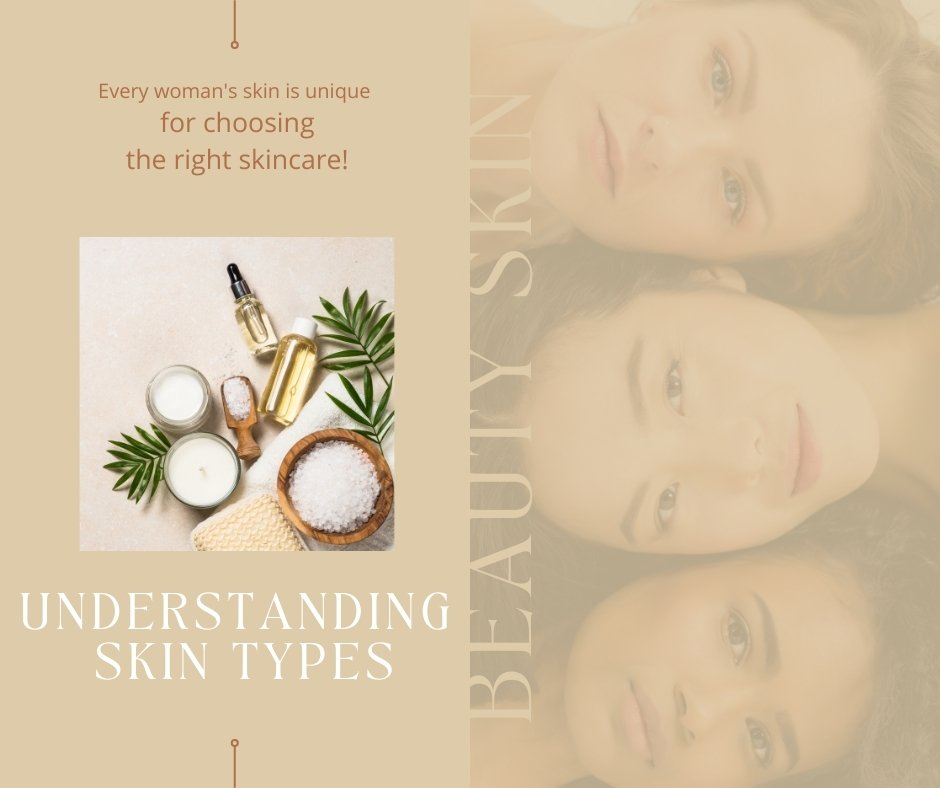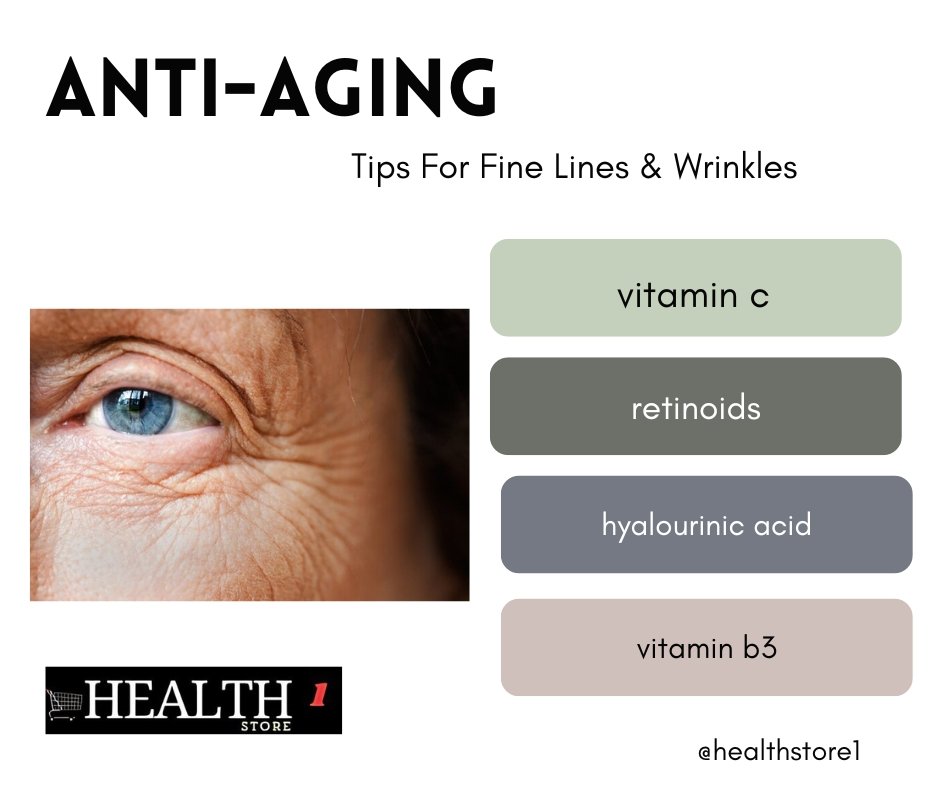Introduction of skin types
Skin is the largest organ of the human body, serving as the primary barrier against environmental harm. It plays a vital role in regulating body temperature, protecting against infections, and maintaining overall health. However, when it comes to skincare, one size does not fit all. The effectiveness of skincare routines largely depends on understanding one’s skin type. This article delves into the science behind different skin types—oily, dry, combination, and sensitive—and provides insights on how to care for each type effectively.
Table of Contents
What Determines Your Skin Type?
Skin types vary according to genetics, environment, and lifestyle. The sebaceous glands produce sebum (oil), which helps to moisturize and protect the skin. The amount and consistency of sebum, combined with factors like skin hydration levels and external conditions, determine skin types. Let’s explore skin types in detail.
Oily Skin (Skin Types)
Oily skin is characterized by an overproduction of sebum. This excess oil can lead to a shiny appearance, enlarged pores, and a higher likelihood of acne and blackheads. People with oily skin often experience breakouts, especially in the T-zone area (forehead, nose, and chin).
Causes of Oily Skin:
- Genetics: Oily skin often runs in families.
- Hormonal Changes: Fluctuations in hormones, particularly during puberty, menstruation, and pregnancy, can increase oil production.
- Diet: A diet high in sugar and refined carbohydrates can trigger excess sebum production.
- Stress: Elevated stress levels can increase cortisol, leading to more oil production.
How to Care for Oily Skin:
- Cleansing: Use a gentle cleanser twice a day to remove excess oil without stripping the skin.
- Exfoliation: Incorporate chemical exfoliants like salicylic acid to keep pores clear.
- Moisturizing: Choose oil-free, non-comedogenic moisturizers to maintain hydration without clogging pores.
- Sun Protection: Use a broad-spectrum sunscreen that’s oil-free.
| Skincare Routine for Oily Skin | Product Type | Ingredients to Look For |
|---|---|---|
| Cleanser | Gel-based | Salicylic acid, tea tree oil |
| Exfoliant | Chemical | Glycolic acid, lactic acid |
| Moisturizer | Lightweight | Hyaluronic acid, glycerin |
| Sunscreen | Matte finish | Zinc oxide, titanium dioxide |

Dry Skin (Skin Types)
Dry skin lacks sufficient moisture and sebum, leading to a rough, flaky, and sometimes itchy texture. This type of skin can feel tight and uncomfortable, especially after cleansing. Dry skin is more prone to developing fine lines and wrinkles due to its lack of hydration.
Causes of Dry Skin:
- Genetics: Some people are naturally predisposed to dry skin.
- Environmental Factors: Cold weather, low humidity, and indoor heating can strip the skin of moisture.
- Aging: As we age, the skin’s natural oil production decreases, leading to drier skin.
- Harsh Skincare Products: Overuse of exfoliants or alcohol-based products can worsen dryness.
How to Care for Dry Skin:
- Cleansing: Opt for a hydrating cleanser that doesn’t strip the skin’s natural oils.
- Moisturizing: Use thick, emollient-rich creams and oils to lock in moisture.
- Exfoliation: Use gentle exfoliants to remove dead skin cells without causing irritation.
- Sun Protection: Apply sunscreen with added moisturizing ingredients.
| Skincare Routine for Dry Skin | Product Type | Ingredients to Look For |
|---|---|---|
| Cleanser | Cream-based | Ceramides, glycerin |
| Exfoliant | Gentle scrub | Lactic acid, jojoba beads |
| Moisturizer | Rich cream | Shea butter, hyaluronic acid |
| Sunscreen | Hydrating | Aloe vera, vitamin E |
Combination Skin (Skin Types)
Combination skin features both oily and dry areas. Typically, the T-zone (forehead, nose, and chin) is oily, while the cheeks and other areas are dry or normal. This skin type requires a balanced approach to address both issues simultaneously.
Causes of Combination Skin:
- Genetics: Combination skin is often inherited.
- Hormonal Imbalances: Hormonal fluctuations can cause varying oil production in different areas of the face.
- Environmental factors: seasonal changes can exacerbate the differences between oily and dry areas.
How to Care for Combination Skin:
- Cleansing: Use a gentle cleanser that balances the skin without stripping it of moisture.
- Targeted Treatments: Apply different products to oily and dry areas as needed.
- Moisturizing: Use lightweight moisturizers on oily areas and richer creams on dry areas.
- Sun Protection: Choose a sunscreen suitable for all areas of the face.
| Skincare Routine for Combination Skin | Product Type | Ingredients to Look For |
|---|---|---|
| Cleanser | Gel or foam | Niacinamide, hyaluronic acid |
| Exfoliant | Chemical | BHA (for oily areas), AHA (for dry areas) |
| Moisturizer | Lightweight | Squalane, glycerin |
| Sunscreen | Non-greasy | Zinc oxide, aloe vera |
Sensitive Skin (Skin Types)
Sensitive skin is characterized by heightened reactivity to environmental factors, skincare products, and even stress. People with sensitive skin often experience redness, itching, and irritation. This skin type requires extra care to avoid triggering reactions.
Causes of Sensitive Skin:
- Genetics: Sensitive skin can be hereditary.
- Compromised Skin Barrier: A weakened skin barrier allows irritants to penetrate more easily.
- Allergies: Allergic reactions to certain ingredients or environmental factors can cause sensitivity.
- Harsh Skincare Products: Strong fragrances, alcohol, and certain preservatives can trigger reactions.
How to Care for Sensitive Skin:
- Cleansing: Use a gentle, fragrance-free cleanser that doesn’t irritate the skin.
- Moisturizing: Opt for soothing, hypoallergenic moisturizers that strengthen the skin barrier.
- Exfoliation: Avoid harsh exfoliants; instead, use gentle enzymatic exfoliants if necessary.
- Sun Protection: Choose a mineral-based sunscreen to minimize irritation.
| Skincare Routine for Sensitive Skin | Product Type | Ingredients to Look For |
|---|---|---|
| Cleanser | Cream-based | Chamomile, aloe vera |
| Exfoliant | Enzyme-based | Papaya enzymes, oatmeal |
| Moisturizer | Calming | Ceramides, allantoin |
| Sunscreen | Mineral | Zinc oxide, titanium dioxide |
Conclusion of skin types
Understanding your skin type is the first step in creating an effective skincare routine tailored to your needs. Each skin type—oily, dry, combination, and sensitive—requires a unique approach to maintain balance, hydration, and overall skin health. By selecting the right products and ingredients, you can address your skin’s specific concerns and achieve a radiant, healthy complexion.
Incorporating this knowledge into your daily routine can make a significant difference in how your skin looks and feels. Remember, consistency is key, and your skin will thank you for the care and attention you provide.




